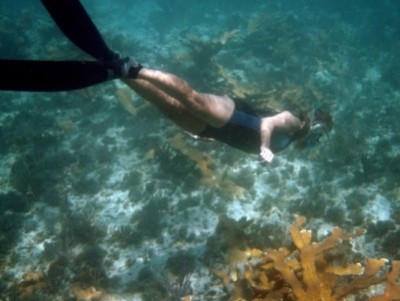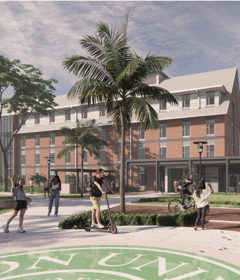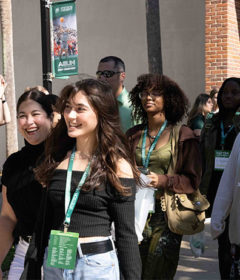Mapping our relationship to the sea
 Maps influence how we see the world, and are generally thought to be reality in some form. On Thursday evening, March 20, 7:00 – 8:30 p.m., Barbara Bischof, Ph.D. (pictured), visiting professor of geography and environmental science at Stetson University, will talk about what we can learn about changing perceptions of the sea through historic maps. This event is one in a series of Science Café topics this spring that provide an opportunity for coffee, desserts, and informal conversations about sustainability. The series is hosted by Stetson’s Gillespie Museum.
Maps influence how we see the world, and are generally thought to be reality in some form. On Thursday evening, March 20, 7:00 – 8:30 p.m., Barbara Bischof, Ph.D. (pictured), visiting professor of geography and environmental science at Stetson University, will talk about what we can learn about changing perceptions of the sea through historic maps. This event is one in a series of Science Café topics this spring that provide an opportunity for coffee, desserts, and informal conversations about sustainability. The series is hosted by Stetson’s Gillespie Museum.
“Beginning with a Greek version of the world map, in which the ocean was a mere river surrounding land, and moving through the centuries to the Heezen-Tharp physiographic map of the ocean floor published in 1957,” Bischof explains, “we can trace not only the evolution of our knowledge of the seas — and the world— but more importantly, see how these maps embed the cultural and political circumstances out of which they emerged.”
During this event, we will explore how these maps contain and influence perceptions of our oceans and connect ways in which they influenced the evolution of our marine management structures, resource access, and maritime legal conventions today.
Other topics in the series include “Touring a Makerspace: A Visit to Stetson’s Innovation House (April 10, Bill Ball, Political Science) and How Do We Meet Global Demands for Water (April 22, Harry Price, Chemistry).
This event, free and open to the public, is co-sponsored by Stetson’s Department of Geography and Environmental Science. For more information, as well as other museum events, call the Museum at 386.822.7330 or visit www2.stetson.edu/other/gillespie-museum. Cultural credit is available to Stetson undergraduates.
The Gillespie Museum is located at 234 E. Michigan Ave., at the southeast corner of Stetson University’s DeLand campus, at the intersection of Amelia Ave., and East Michigan Ave.



